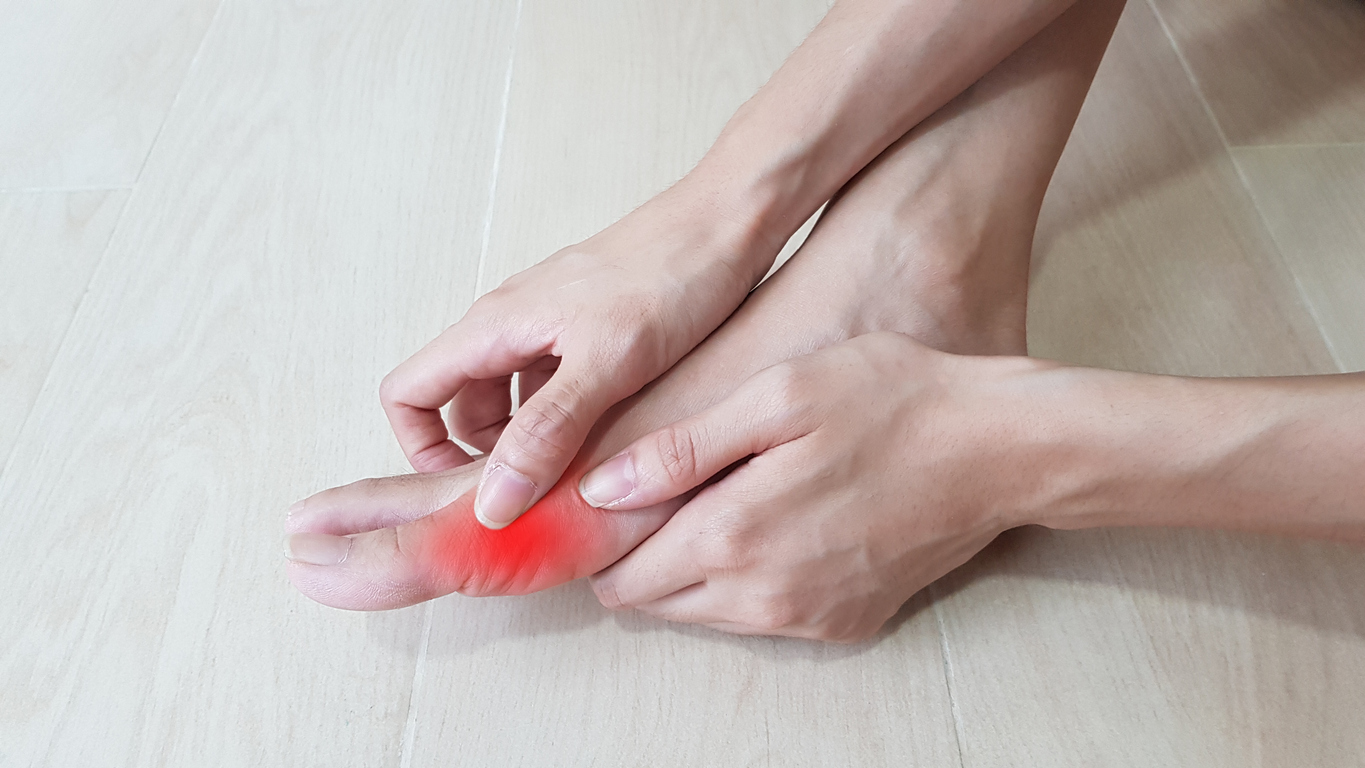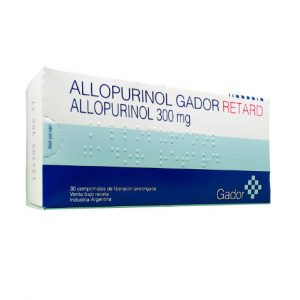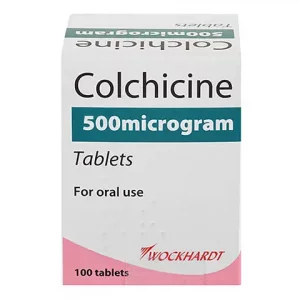
Gout Symptoms
What is Gout?
Gout is a complex and common type of arthritis that occurs when there is too much uric acid in the person’s blood. It can affect anyone and causes the formation of tiny sharp crystals in one joint. Usually, gout only affects one joint at a time, but without appropriate treatment, it can occur in multiple joints such as the elbow, ankle, knee, foot, wrist, or hand.
Most gout cases occur in the big toes. Flare-ups of gout symptoms can occur and can last up to 10 days, with the individual experiencing the most severe pain in the first 36 hours of an attack.
What causes Gout?
Gout is caused by hyperuricemia, a condition where there is an abnormally high level of uric acid in the blood. The body naturally makes uric acid when it breaks down purines found in food and the body. When too much uric acid occurs in the blood, tiny uric acid crystals (monosodium urate) can form in the body’s joints, tissues, and fluids. Hyperuricemia may not always result in gout.
Things that may increase your risk of developing Gout:
- Obesity, diabetes, or high blood pressure (hypertension)
- Poor kidney function
- Metabolic syndrome
- Congestive heart failure
- Insulin resistance
- A family history of gout
- Having a diet high in purines
- Drinking alcohol
- Medications such as diuretics (water pills)
Complications of gout can develop into more-severe conditions such as kidney stones, recurrent gout, or advanced gout.
Signs and symptoms of Gout
Any joint in the body can be affected by gout, but generally, it typically affects the joints found towards the end of the body’s limbs. Gout symptoms and signs usually occur suddenly and most often during the night.
- Limited range of motion. As gout progresses, you may no longer be able to move your joints normally.
- Intense joint pain. Gout typically affects the big toes but can occur in any joint in the body. The severe pain that occurs is usually within the first four to twelve hours after the attack begins.
- Inflammation and redness. The affected joint(s) may become red, warm, swollen, or tender.
- Lingering discomfort. Some joint discomfort may persist after the initial severe pain subsides. This intense discomfort may last a few days or a few weeks. Later or recurring gout attacks may last longer and affect more joints in your body.
Between gout attacks and flare-ups, you may not experience any symptoms.
The frequency of gout attacks is dependent on the individual, with some people experiencing frequent gout attacks and others going years between episodes. If gout goes untreated, this can lead to more frequent and longer-lasting attacks that can occur in the same joint or spread to other joints.
Treatments for Gout
Depending on your treatment plan, you may be prescribed different medications by your doctor. Some medications that may help control gout symptoms:
- Corticosteroids
- Colchicine
- Nonsteroidal anti-inflammatory drugs (NSAIDs)
Medicines that can help lower high levels of uric acid in the body may reduce or prevent further episodes of gout attacks or flare-ups.
- Probenecid
- Allopurinol
- Pegloticase
- Febxostat
https://my.clevelandclinic.org/health/drugs/11086-non-steroidal-anti-inflammatory-medicines-nsaids
https://pubmed.ncbi.nlm.nih.gov/20193001/
https://www.cdc.gov/arthritis/basics/gout.html
https://my.clevelandclinic.org/health/diseases/4755-gout
https://www.mayoclinic.org/diseases-conditions/gout/symptoms-causes/syc-20372897
https://www.webmd.com/arthritis/understanding-gout-symptoms


